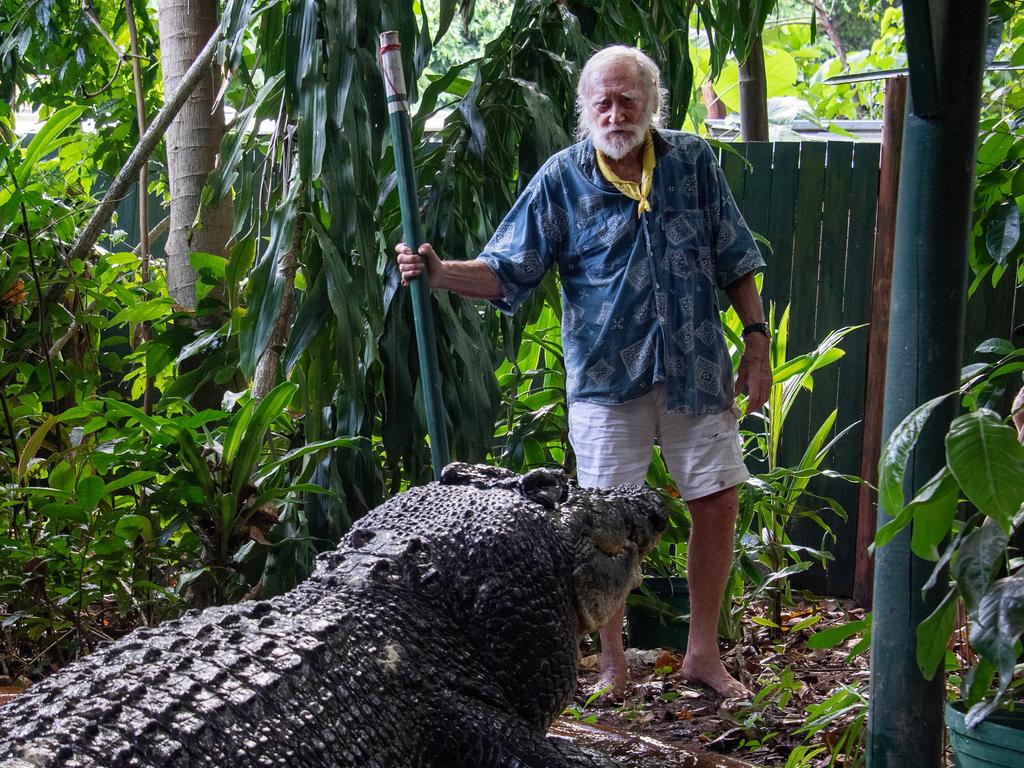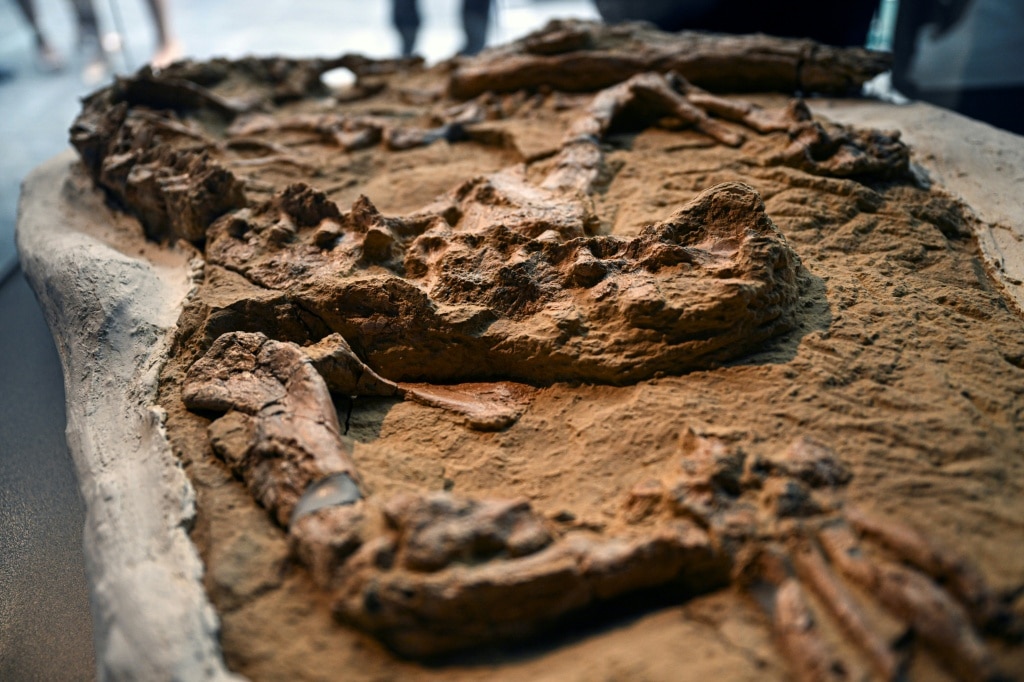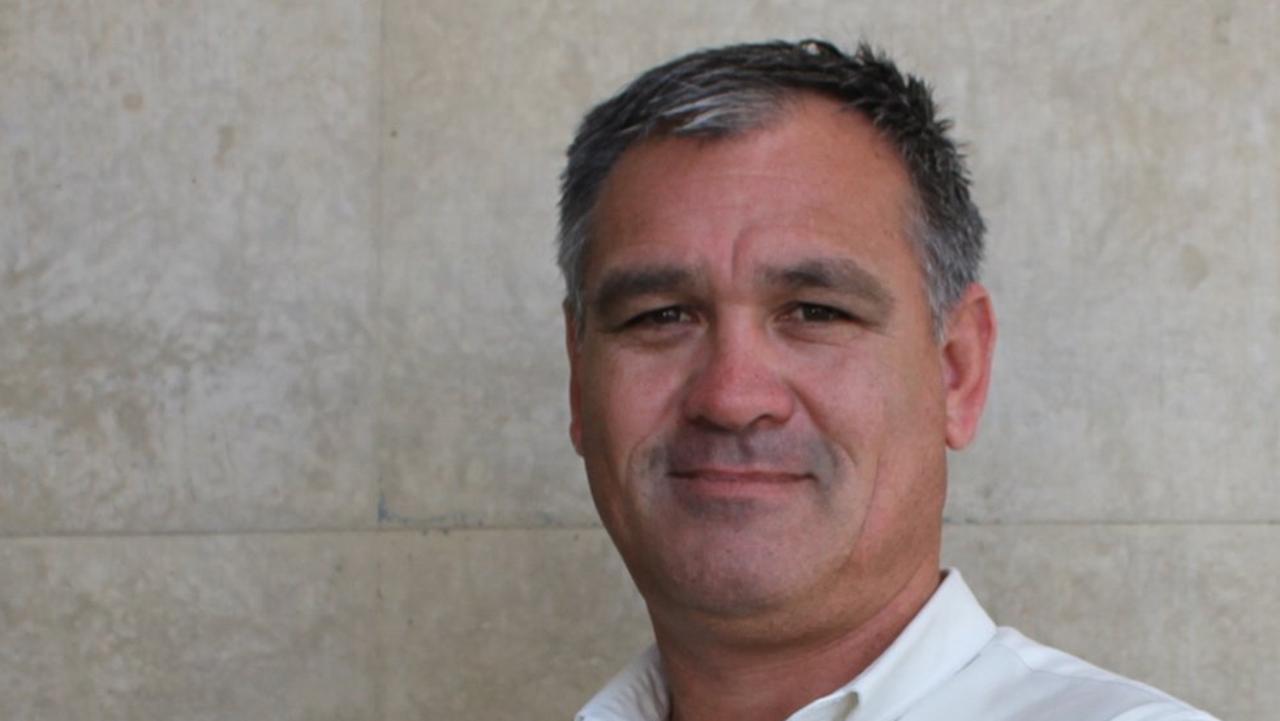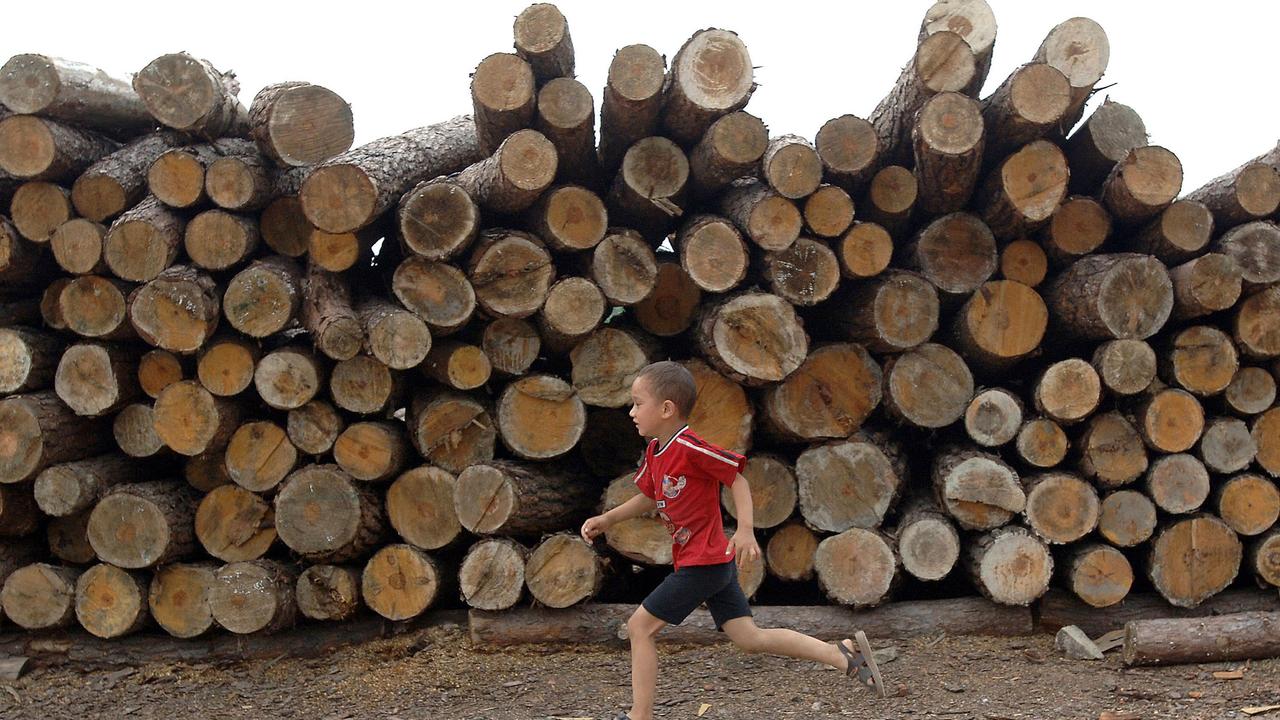New research shows crocodiles are changing their behaviour as water temperatures rise
New research shows crocodiles are changing their behaviour as water temperatures rise.
Saltwater crocodiles are spending more time out of the water and less time laying in wait to ambush their prey as a result of a rise in water temperatures, new research shows.
The long-term study, conducted by the University of Queensland, has revealed that even slight increases in water temperature push crocodiles out of rivers and onto dry land. This has led to changes in the animals’ hunting habits, but researchers say it is not yet clear whether or not crocodiles will migrate south to cooler waters, or whether increasing water temperatures have had any impact on the size of the population.
The release of the study’s results comes days after human remains were found in a crocodile near Aurukun, on the Cape York Peninsula, and weeks after the confirmed sighting of a saltwater crocodile near the popular tourist destination of K’gari (Fraser Island) last month – 250km south of the usual crocodile habitat in Queensland.
University of Queensland researcher Kaitlin Barham said crocodiles were spending more time at their critical body temperature limit of 32–33C, forcing them onto riverbanks to cool down.
Researchers tagged crocodiles with microchips for the study, to monitor the reptiles’ behaviour and body temperatures.
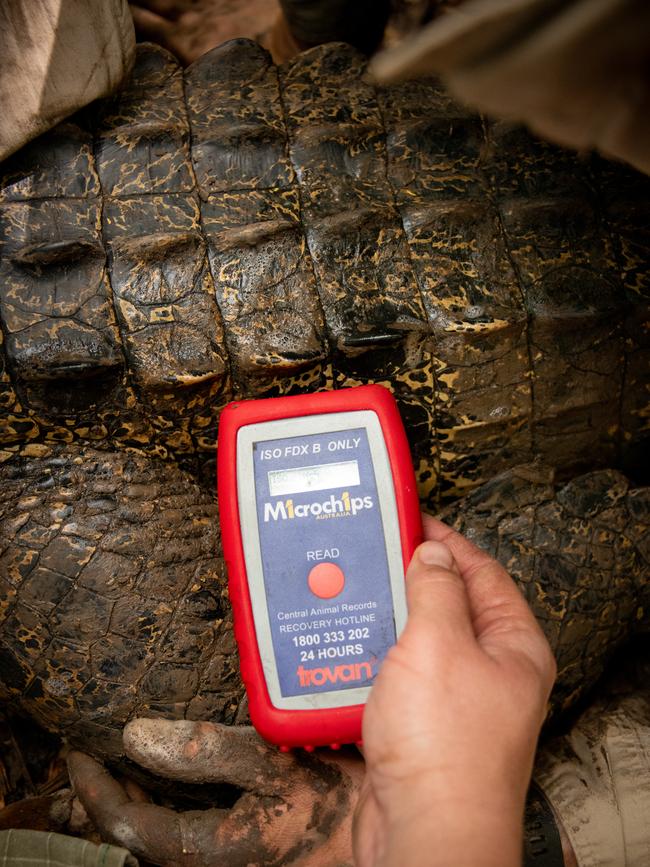
Since 2008, the study found that crocodiles’ body temperature peaks increased by 0.5C and their median body temperature increased by 0.11C.
Ms Barham said that as “ectotherms”, crocodiles couldn't regulate their own temperature like birds and mammals could, and had to use the environment to cool down.
“They’ll sit on the riverbank in the cool air, particularly at dawn and dusk, when the air actually gets colder than the water is,” she said.
“They’re sit-and-wait predators, so they typically ambush their prey coming up to the bank from underwater, but if their time and energy is dominated by the need to stay cool, activity necessary for hunting, keeping safe from predators or reproducing is reduced.”
Ms Barham said crocodiles were spending a less time below the water’s surface.
“It’s really important for people to be careful around the riverbank, no matter what,” she said.
Ms Barham said the recent sightings of crocodiles in the more southern parts of Queensland warranted investigation.
“It’s worth studying what the crocs living at the southern end are doing and how they’re coping with rising temperatures,” she said.
Rangers last week said a crocodile spotted near Bundaberg had likely been pushed down by the recent monsoonal rains that had caused flooding in the estuaries.
The UQ study was based at the Steve Irwin Wildlife Reserve on Cape York and is co-authored by crocodile expert Craig Franklin.
Professor Franklin said high body temperatures were recorded even while the crocodiles were trying to stay cool.
“When they’re above 32–33C, a crocodile’s diving and swimming performance is impacted,” he said.
“Hotter crocodiles don’t dive for as long, which is concerning because as ambush hunters, they need to wait underwater holding their breath for a wallaby or feral pig to come past.
“The next step in our research will be to look at what impacts behaviour change related to higher body temperatures may be having on the overall health of the crocodile population.”


